Not only stopping at environmental protection lessons or vegetable growing movements in schoolyards, many countries in the world are going further by building "carbon neutral" schools.
Energy-saving school
In recent years, Norwegians are no longer unfamiliar with school models built from environmentally friendly materials such as wood and installed with solar panels.
It is a “carbon-neutral” school model designed and operated so that the total amount of carbon dioxide (CO2) emissions generated during school operations is balanced by the amount of emissions reduced or absorbed through green solutions and clean technology.
To be carbon neutral, schools need to implement a set of solutions including green construction, zero-emission operations and changing the behavior of teachers and students. Drøbak Montessori Kindergarten, Norway, is an example.
The school is built entirely of wood, without using concrete, a material that accounts for 8% of global CO2 emissions. The building is slanted to accommodate large solar panels that can produce about 30.5 thousand kWh per year. The floor-to-ceiling glass system helps optimize natural light and minimize electricity consumption.
In India, the Akshar Forum School in Assam, which started as an educational model for poor children, is gradually transforming itself into a carbon-neutral school. In addition to generating its own electricity from solar energy and reusing wastewater for irrigation, the school also applies “plastic tuition.” The school collects plastic waste from students in lieu of tuition fees and also teaches them how to recycle waste into environmentally friendly building materials.
The Korean Ministry of Education has launched the “Zero Carbon Schools 2050” initiative, with the goal of turning the entire secondary education system into carbon-neutral institutions. Goyang Baekseok High School is one of the pioneers.
The entire school roof is equipped with solar panels, the air conditioning system uses renewable energy, rainwater is treated for reuse and electric buses transport students.
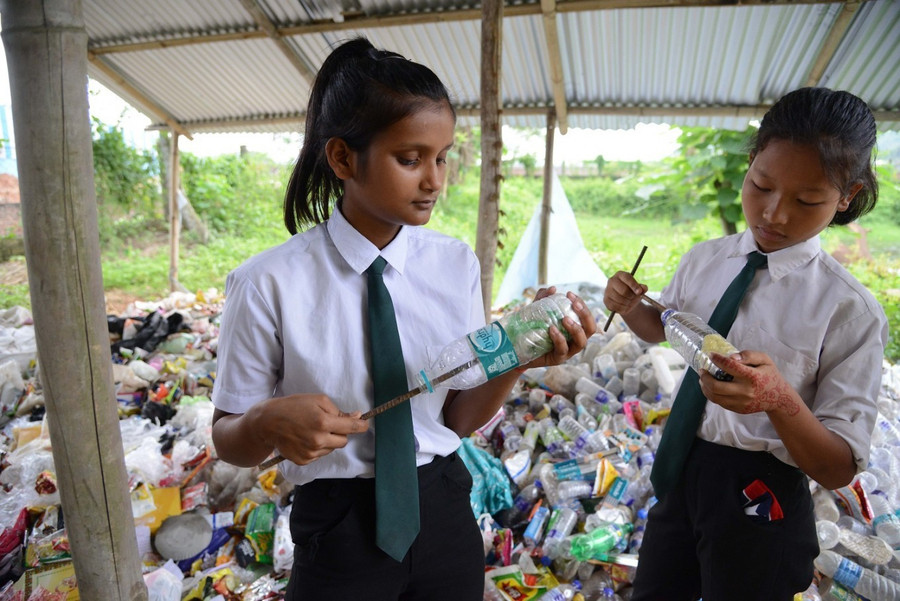
Challenges behind the “green wall”
Carbon-neutral schools bring many benefits such as reducing environmental and climate impacts, saving long-term operating costs, etc. In addition, it also contributes to educating students about sustainable lifestyles through experiences, creating a healthy and friendly learning environment.
These schools not only reduce emissions, but also instill in students the seeds of sustainable thinking that are rarely mentioned in textbooks. When children grow up in a climate-friendly environment, going green becomes a natural part of their lifestyle.
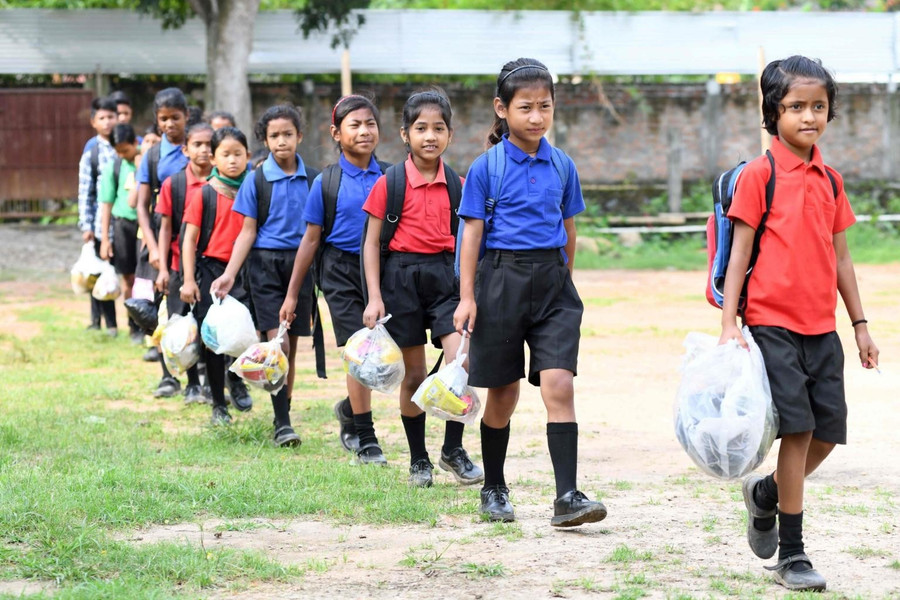
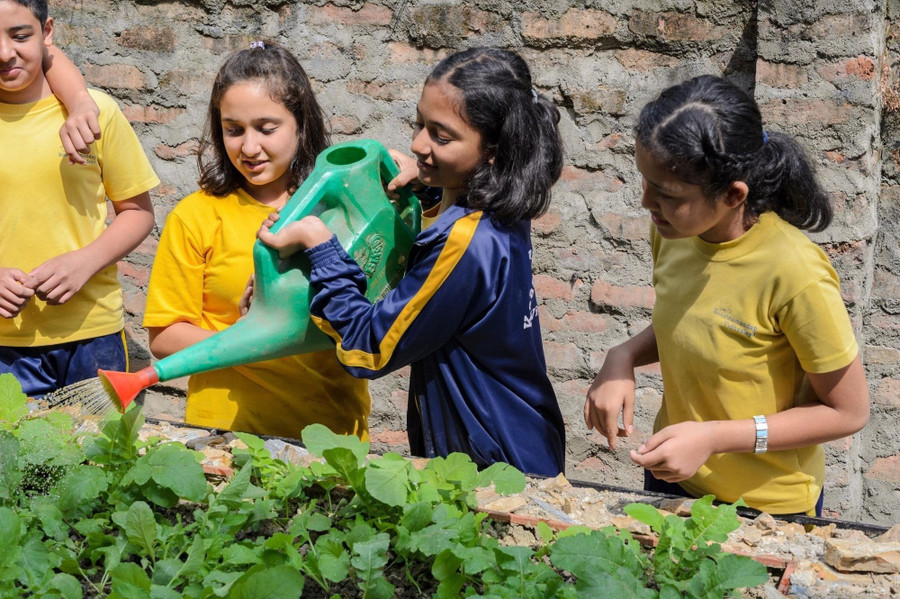
However, the biggest problem remains the high initial investment cost. According to estimates from the United Nations Environment Programme (UNEP), building a “net-zero” educational facility can cost 1.5 to 2 times more than a normal school. This makes it difficult for many developing countries to access.
In addition, many schools lack human resources and experts to design and operate the projects effectively. Many schools were built according to “green standards” but due to lack of maintenance techniques or operational knowledge, they quickly became ineffective after a few years.
Despite the challenges, carbon-neutral schools are proving that education can and should be at the forefront of the fight for the planet. They are not just places where knowledge is imparted, but where a greener, fairer and more sustainable future is created.
- 80 countries around the world join UNESCO in building a "comprehensive green education system" towards operating carbon-neutral schools.
- The British government plans to install solar panels in 200 schools, each school could save 25,000 pounds a year.
- The US has nearly 9,000 public schools with solar panels installed. These schools consume 65-80% less energy than traditional schools.
- Globally, the number of carbon-neutral schools increased by 40% from 2019 to 2023. Government investment in carbon-neutral schools increased by 22% from 2023 to 2024.
Source: https://giaoducthoidai.vn/giao-duc-hoc-sinh-ve-phat-trien-ben-vung-post744277.html


![[Photo] The 1st Congress of Phu Tho Provincial Party Committee, term 2025-2030](https://vphoto.vietnam.vn/thumb/1200x675/vietnam/resource/IMAGE/2025/9/30/1507da06216649bba8a1ce6251816820)

![[Photo] Solemn opening of the 12th Military Party Congress for the 2025-2030 term](https://vphoto.vietnam.vn/thumb/1200x675/vietnam/resource/IMAGE/2025/9/30/2cd383b3130d41a1a4b5ace0d5eb989d)
![[Photo] Panorama of the cable-stayed bridge, the final bottleneck of the Ben Luc-Long Thanh expressway](https://vphoto.vietnam.vn/thumb/1200x675/vietnam/resource/IMAGE/2025/9/30/391fdf21025541d6b2f092e49a17243f)
![[Photo] President Luong Cuong receives President of the Cuban National Assembly Esteban Lazo Hernandez](https://vphoto.vietnam.vn/thumb/1200x675/vietnam/resource/IMAGE/2025/9/30/4d38932911c24f6ea1936252bd5427fa)
![[Photo] General Secretary To Lam, Secretary of the Central Military Commission attends the 12th Party Congress of the Army](https://vphoto.vietnam.vn/thumb/1200x675/vietnam/resource/IMAGE/2025/9/30/9b63aaa37ddb472ead84e3870a8ae825)



























































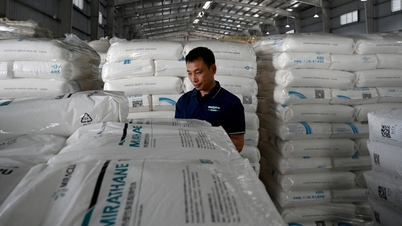

















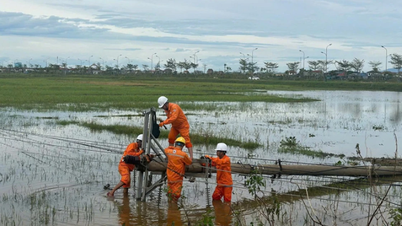


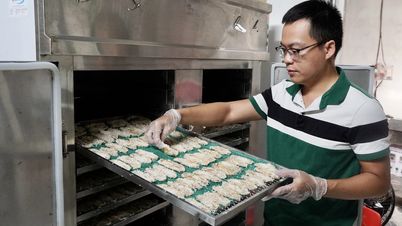

















Comment (0)